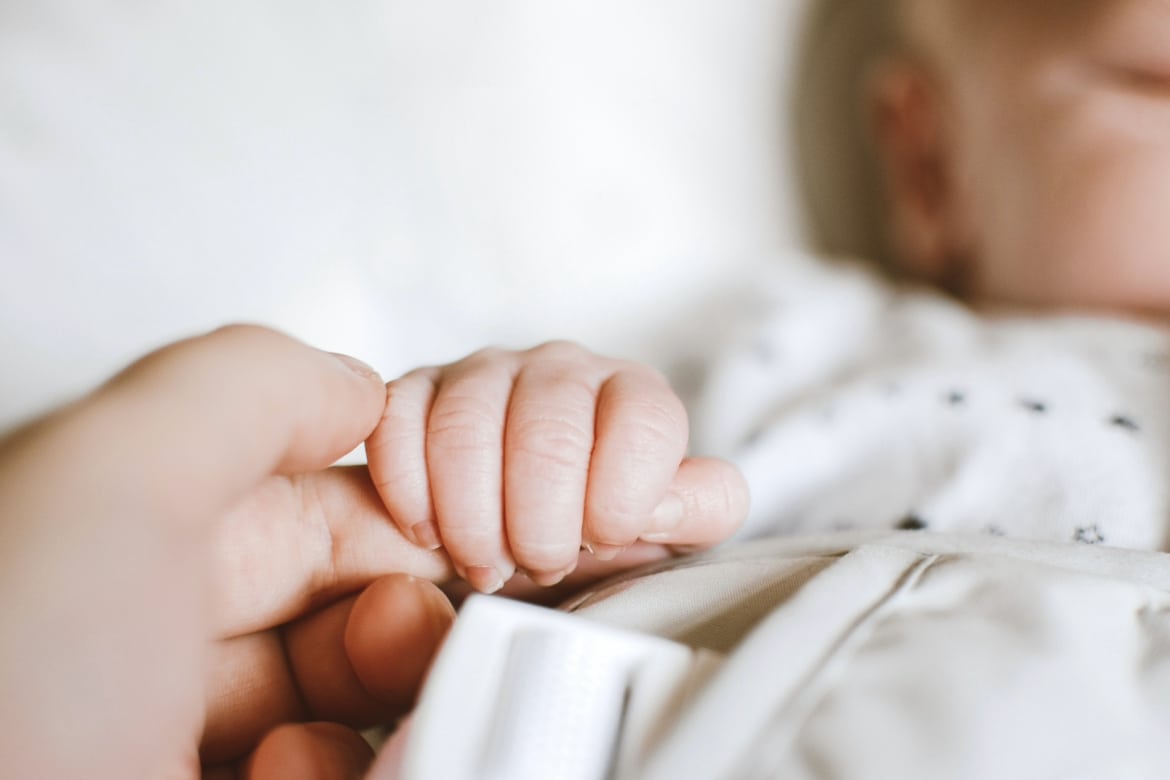YOU don’t have to be married to give a child a loving and nurturing home.
Single people and members of the LGBTQIA+ community may adopt a child, like married couples. Nothing in the Philippines’ adoption laws prohibits unmarried and queer people from applying as adoptive parents as long as they meet other criteria, as the Department of Social Welfare and Development has noted.
But before these prospective parents could be allowed to bring home a child, they must first meet the criteria outlined in the law to become adoptive parents, just like any other applicant.
Earlier this month, the Commission on Human Rights marked Adoption Consciousness Week. It underscored the needed measures when placing children in new homes – free and informed consent, non-discrimination, and safety from exploitation and abuse.
The DSWD, the agency that handles domestic adoptions in the country, has been urging Filipinos to spread unconditional love by providing nurturing homes to children through legal adoption.
Simpler, faster
The process has been made simpler with the signing of the Domestic Administrative Adoption and Alternative Child Care Act, or Republic Act No. 11642, which removes the judicial process for adoption.
Adoption will now be done administratively through the National Authority for Child Care (NACC). The adoption process will be faster.
Are you thinking of creating your own family through adoption? Here are the things you would need to know.
What are the kinds of adoption?
There is domestic adoption, an administrative adoption proceeding where the order of adoption is issued in the Philippines and is undertaken between a Filipino child and eligible adoptive parents.
Intercountry adoption is a socio-legal process of adopting a child by a foreign national or Filipino citizen habitually residing outside the Philippines.
Under these two fall step-parent adoption, relative adoption, and adult adoption.
SUGGESTED STORIES:
Following Richard Gadd: Baby Reindeer
Trigger Warning: mentions of sexual abuse, grooming, and stalking. A.
ASUS launches new Zenbook S 13 OLED
ASUS Philippines has recently announced the availability of the ASUS.
“Dalawang araw” nakuhanan sa video sa South Cotabato
NAKATATANGGAL ng pagod ang pagmasdan ang paglubog ng araw saan.
Who may adopt?
- Filipino citizens at least 25 years old who possess the total civil capacity and legal rights. They must not have been convicted of any crime involving moral turpitude and must be at least 16 years older than the adoptee. They must also be in good financial standing to support and care for the adopted children.
- The legal guardian of a ward after the termination of the guardianship
- The foster parent concerning the foster child
- Philippine government officials and employees deployed or stationed abroad, as long as they can bring the child with them
- Foreign nationals who are permanent or habitual residents of the Philippines for at least five years possessing the same qualifications as Filipino nationals. But they must come from a country with diplomatic relations with the Philippines, and the laws of this country will acknowledge the adoption as valid and recognize the child as the adopters’ own
- Spouses have to adopt a child jointly, except when one spouse seeks to adopt the other’s legitimate child, if one spouse seeks to adopt their illegitimate child, or when the spouses are legally separated
Who may be adopted?
- Any child with a Certificate Declaring a Child Legally Available for Adoption or CDCLAA. The CDCLAA is issued by the NACC and declares a child to be abandoned and neglected. Once this certificate is issued, the child’s biological parents or guardians lose their right to exercise authority over the child.
- The marital child by one spouse, to be adopted by the other spouse
- A non-marital child by a qualified adopter to improve status to legitimacy
- A Filipino of legal age if this person, before adoption, has been consistently treated by the adopters for at least three years as their child before reaching the age of majority
- A foster child who has been declared legally available for adoption
- A child whose adoption has been previously rescinded
- A child whose biological or adoptive parents have died
Consent needed
Suppose the adoptee is at least ten years old. In that case, the child’s written consent is needed unless he or she is unable to take care of or protect himself or herself from abuse, neglect, cruelty, exploitation, or discrimination because of physical or psychosocial disability or condition.
Children under ten years old will be counseled and consulted but won’t be required to execute the written consent.
Application as adoptive parents
Those who want to adopt must apply to the Regional Alternative Child Care Office (RACCO) of the city or municipality where they live.
The adoption social worker will interview and counsel them, their immediate family members or significant others, and conduct home visits.
The social worker will also facilitate the signing of the checklist for the type of child acceptable to the family and prepare the home study report.
A home study report is based on a thorough assessment of the motivation and capacity of the prospective adoptive or foster parents to provide a home that meets the needs of a child.
The social worker will then endorse the home study report and the complete set of supporting documents to the RACCO for review. The RACCO has 15 days to study the documents.
Once the application is found sufficient, the RACCO will present the application to the Regional Child Placement Committee, which will interview the applicant or adoption social worker before recommending whether or not to include the applicants in the National Roster of Approved Applicants.
Adoption Process
The social worker will prepare the case study reports, which consist of the social case study, the child case study, and the home study reports, to determine if they all meet the requirements for adoption.
A matching process will also be held to match the child to an approved adoptive applicant.
Once a child is matched and accepted, the RACCO may authorize the pre-adoption placement of a child to the prospective parents if the social worker believes there is a need for supervised trial custody before filing a petition for adoption.
The supervised trial custody may last for six months, within which the parties are expected to adjust psychologically and emotionally to each other and establish a bonding relationship.
The social worker will then prepare a final report, updated case, study and recommendation for filing the domestic adoption.
The notarized petition for adoption will have to be submitted to the RACCO of the city or municipality where the prospective adoptive parents live. The applicants would be required to appear before the RACCO.
The petition for adoption will have to be published once a week for three successive weeks in a newspaper of general circulation.
The NACC’s decision on the adoption petition will be based on the submitted documents and evidence gathered during interviews.
All domestic adoption cases will have to be decided within 60 calendar days from the receipt of the Deputy Director for Services of the recommendation of the RACCO on the petition.












